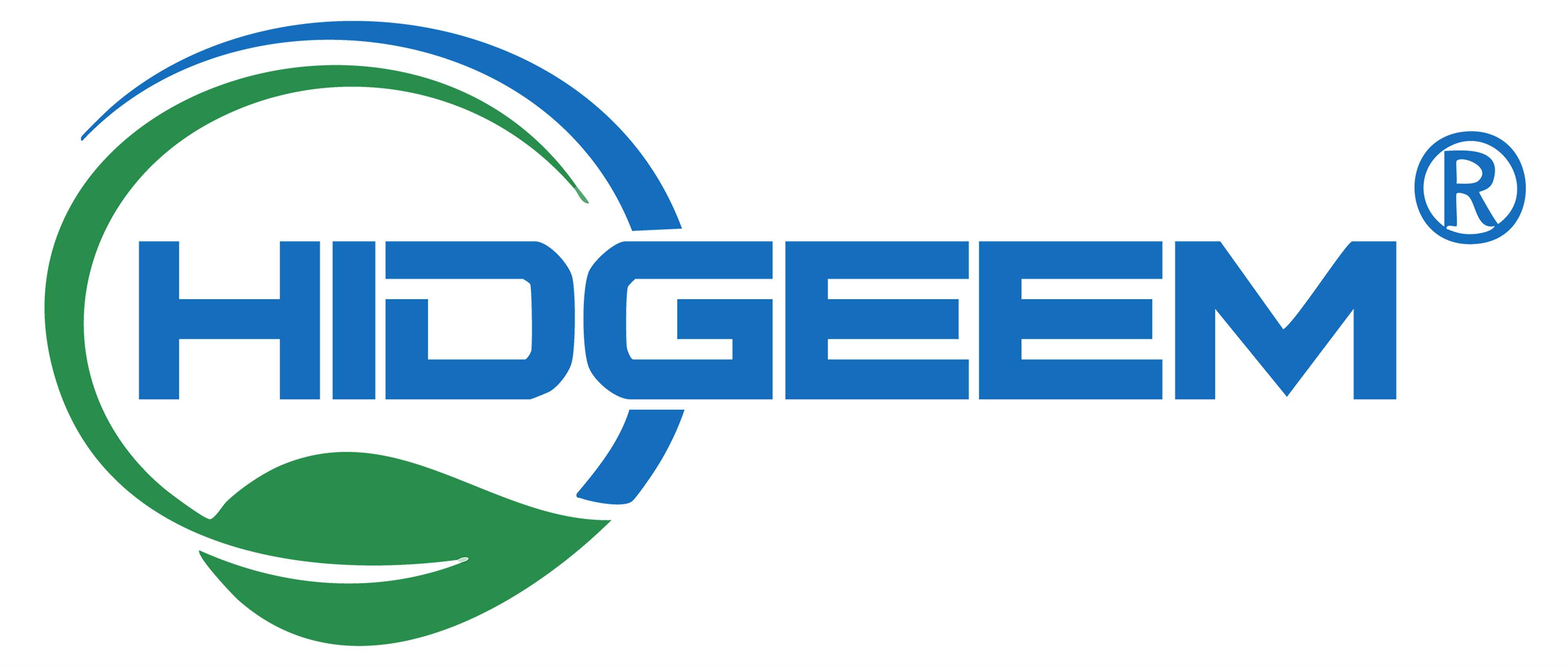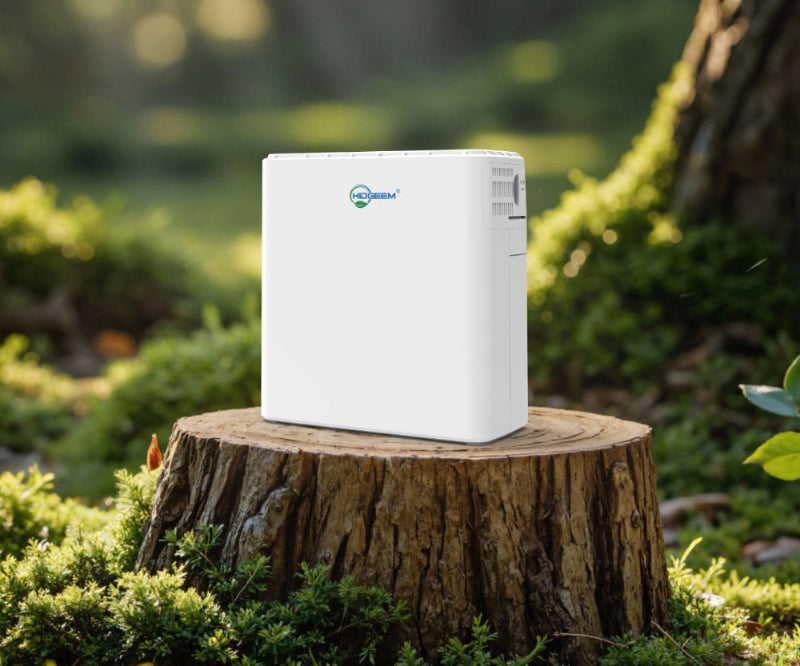News
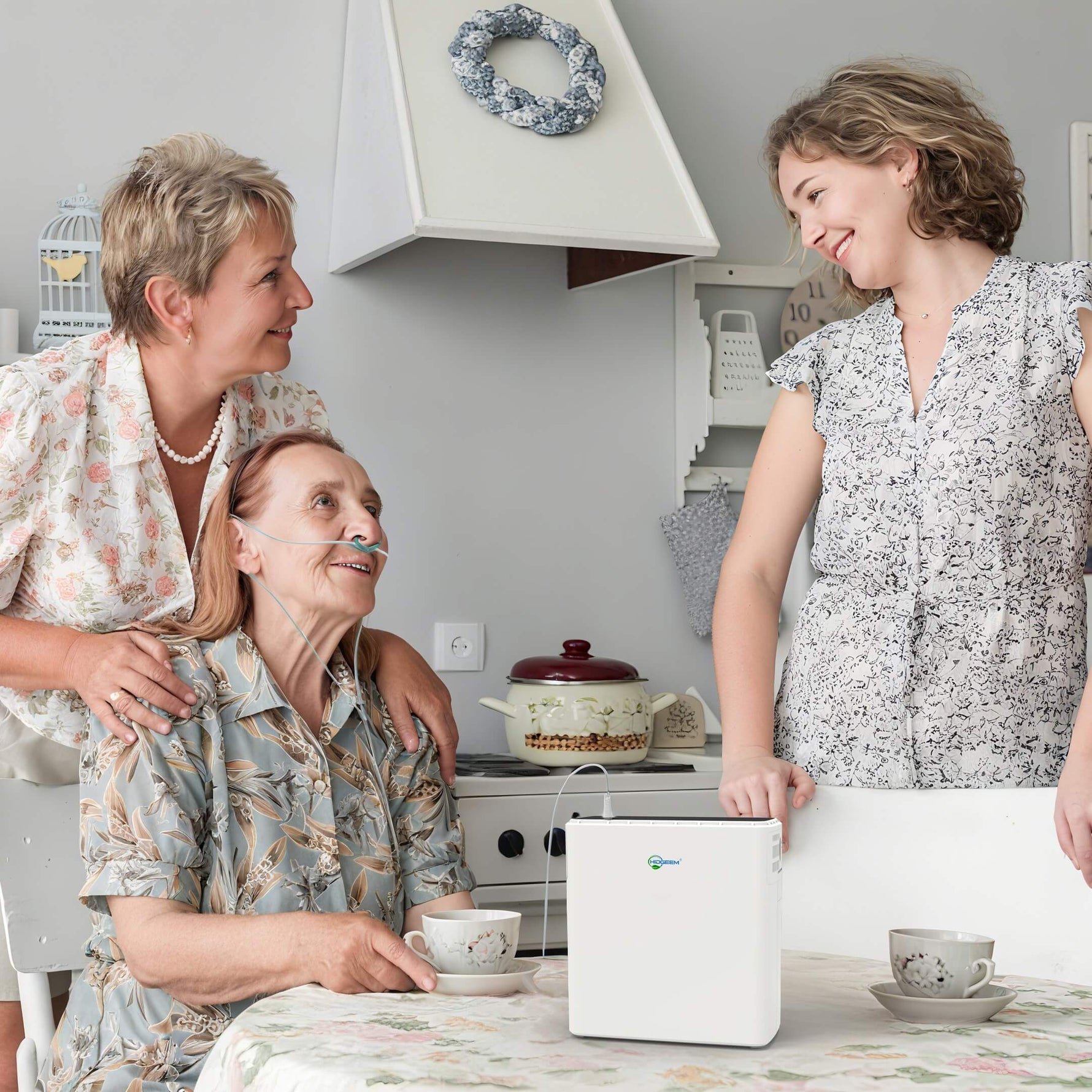
What is the continuous flow oxygen concentrator?
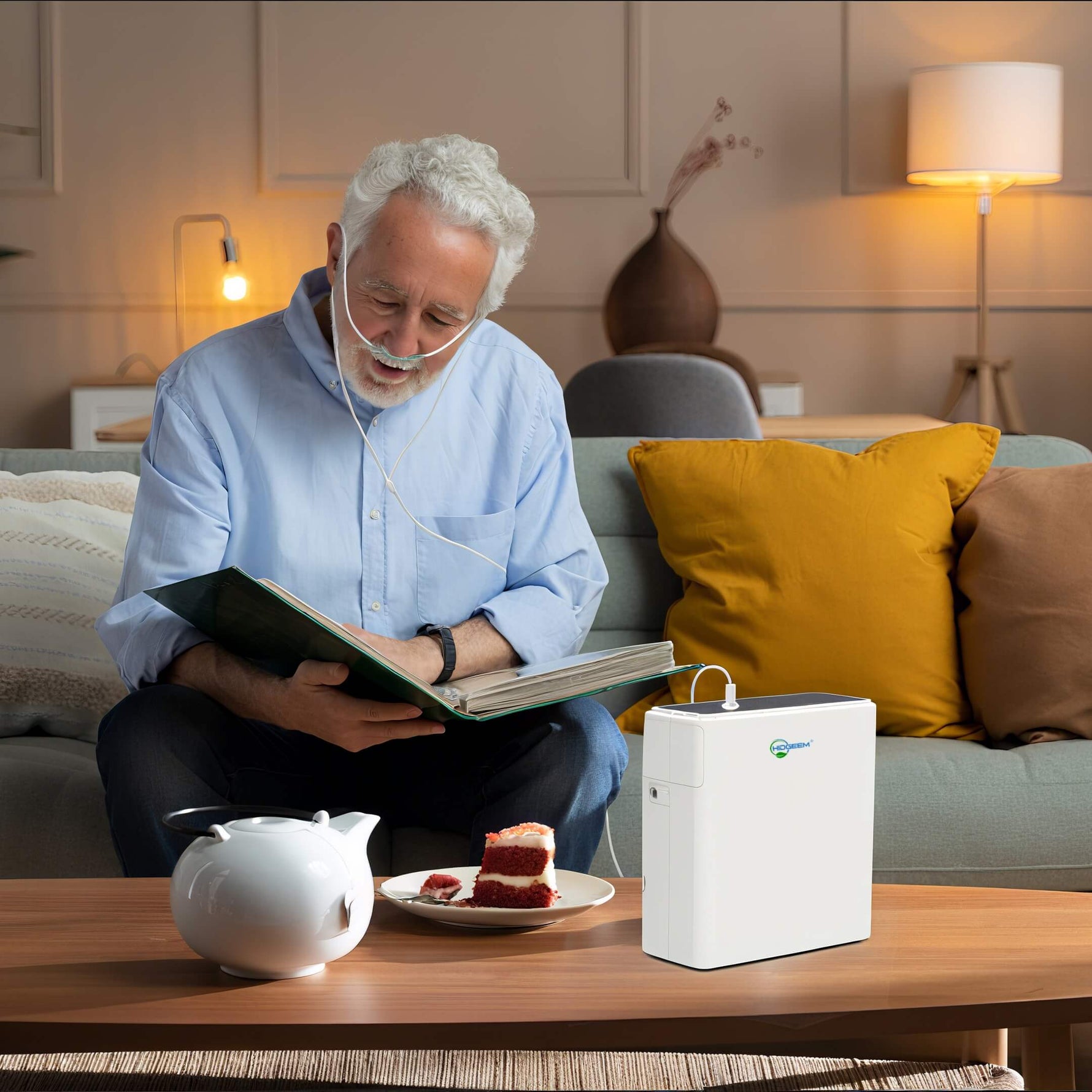
Can I Replace the Molecular Sieve of Hidgeem SJ-OX1C Portable Oxygen Concentrator?
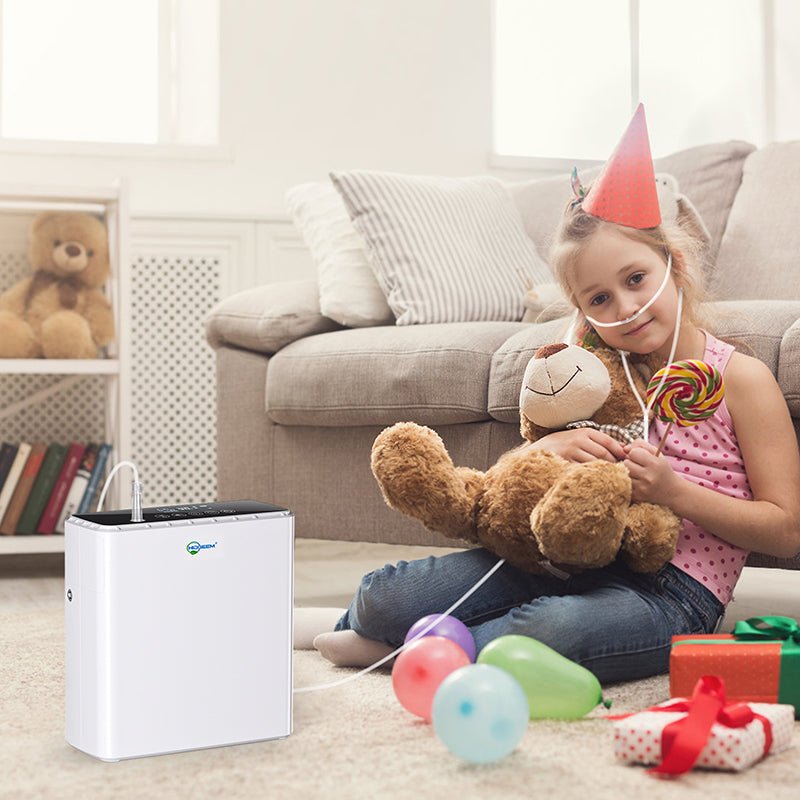
How to Replace the Battery in Your SJ-OX1C Portable Oxygen Concentrator?

What Accessories I can get if I Order Hidgeem SJ-OX1C Portable Oxygen Concentrator?
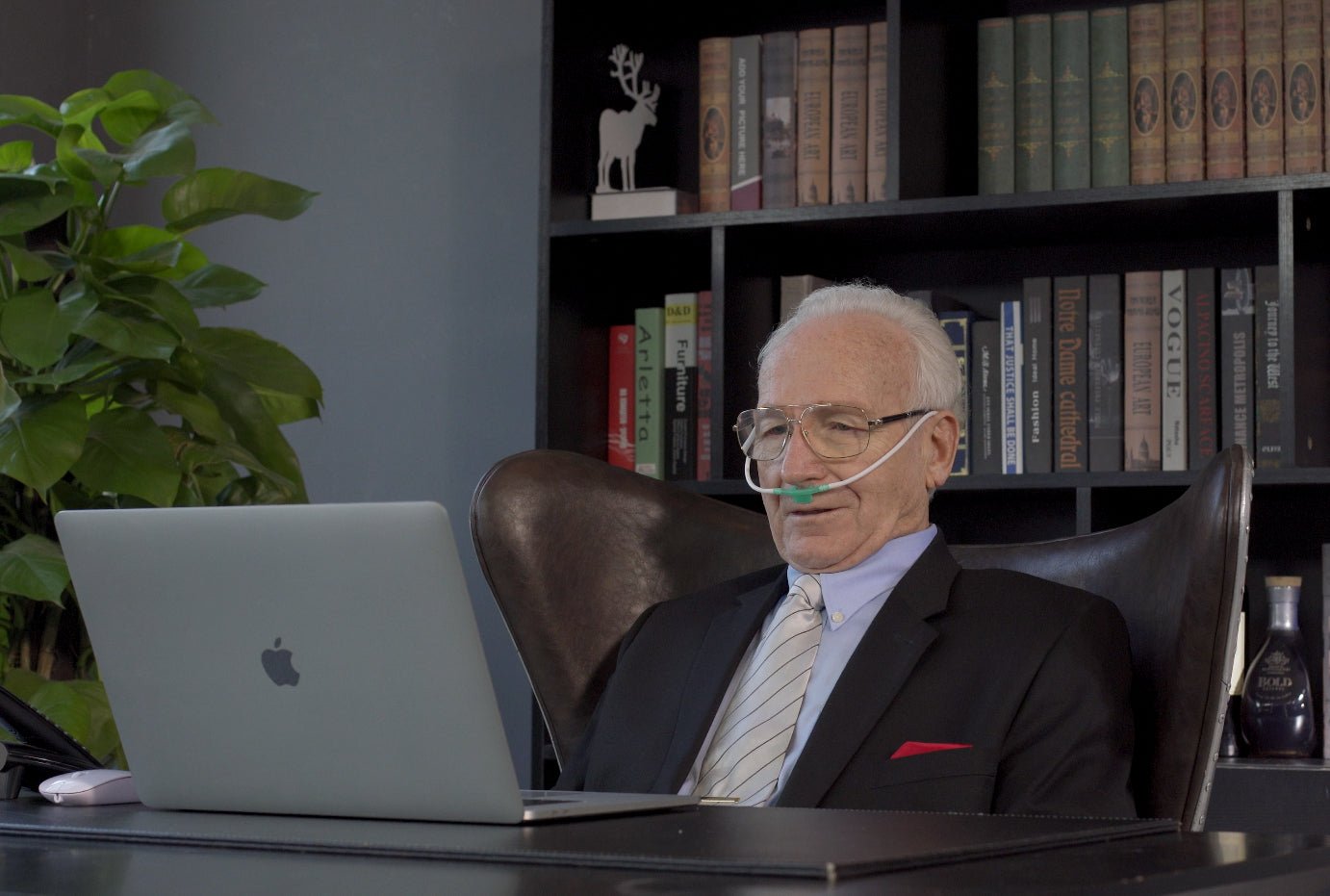
How to choose an oxygen concentrator?
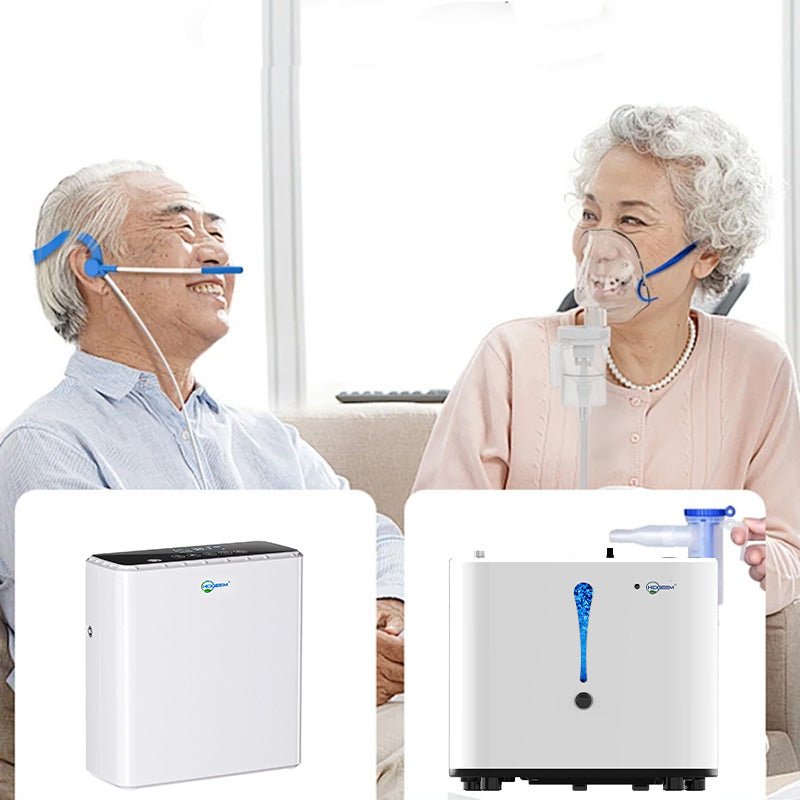
How long is the appropriate length of time for an oxygen concentrator to inhale oxygen?
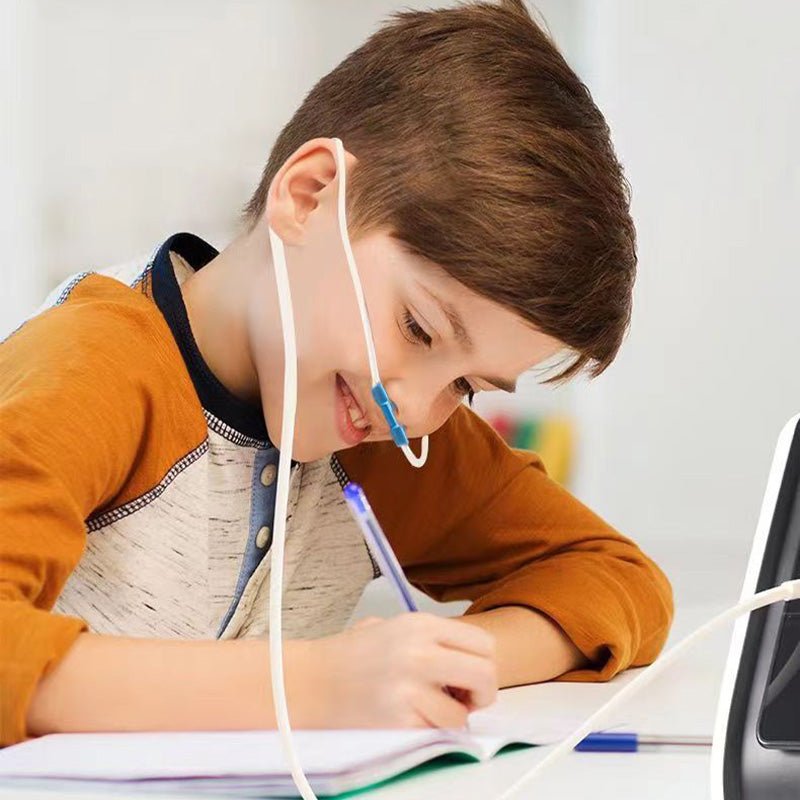
How to choose an oxygen concentrator ?
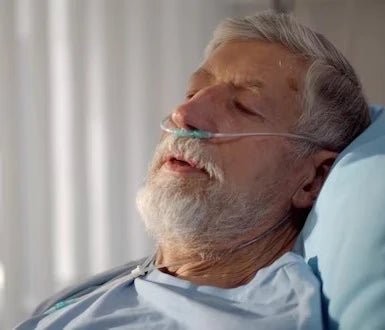
Can I wear an oxygen concentrator to inhale oxygen while sleeping?

What is the difference between an oxygen concentrator and a ventilator?
